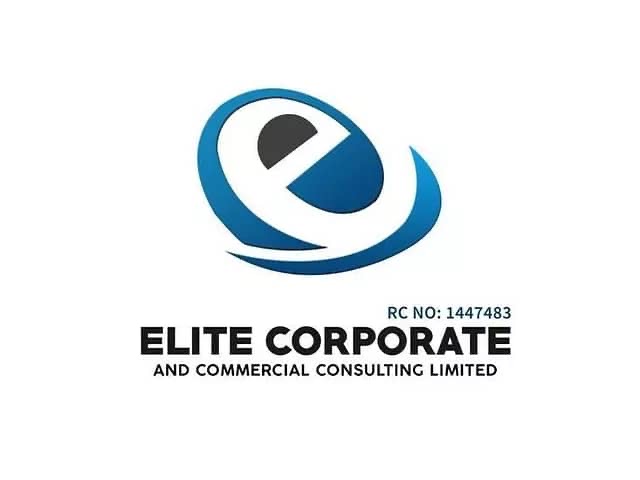
In the digital age, businesses have more opportunities than ever to reach their target audience online. Two of the most powerful tools in digital marketing are Search Engine Marketing (SEM) and Social Media Advertising. While both are effective in driving traffic and generating leads, they work differently and serve distinct purposes.
In this article, we will break down the differences between SEM and social media ads, their advantages, and how to decide which is best for your business.
What is Search Engine Marketing (SEM)?
Search Engine Marketing refers to paid advertising that appears on search engine results pages (SERPs) like Google or Bing. SEM primarily uses Pay-Per-Click (PPC) ads, meaning advertisers pay only when users click on their ad.
How SEM Works:
- A user searches for a keyword (e.g., “best running shoes”).
- Paid ads appear at the top of search results before organic listings.
- Businesses bid on relevant keywords, and ad placement depends on bid amount, ad quality, and relevance.
Advantages of SEM:
- High Intent Audience: Reaches users actively searching for products or services.
- Instant Visibility: Ads appear immediately once campaigns are launched.
- Measurable Results: Easy to track clicks, conversions, and ROI.
- Targeted Reach: Allows targeting by keywords, location, device, and demographics.
What are Social Media Ads?
Social Media Advertising refers to paid promotions on platforms like Facebook, Instagram, LinkedIn, TikTok, and X (formerly Twitter). These ads appear in users’ feeds, stories, or sidebars.
How Social Media Ads Work:
- Advertisers create campaigns targeting specific demographics, interests, and behaviors.
- Ads are shown to users as they scroll through content, even if they are not actively searching.
- Formats include images, videos, carousels, sponsored posts, and influencer collaborations.
Advantages of Social Media Ads:
- Massive Reach: Access to billions of active users worldwide.
- Advanced Targeting: Reach people based on age, location, interests, and even online behavior.
- Engagement Opportunities: Likes, shares, comments, and direct interaction with customers.
- Creative Freedom: More visual and interactive ad formats compared to SEM.
- Brand Awareness: Ideal for businesses wanting to build visibility and community.
Key Differences: Search Engine Marketing vs. Social Media Ads
| Factor | Search Engine Marketing (SEM) | Social Media Ads |
|---|---|---|
| Audience Intent | Targets users actively searching for solutions | Targets users based on interests and demographics |
| Ad Placement | Appears on search engine results pages (Google, Bing) | Appears within social media feeds, stories, and sidebars |
| Targeting Options | Keywords, location, device, demographics | Age, interests, behavior, lookalike audiences |
| Best For | Immediate sales, lead generation, local services | Brand awareness, engagement, community building |
| Cost Structure | Pay-per-click (PPC) | Pay-per-click (PPC), pay-per-impression, or engagement-based |
| Ad Format | Text-based with limited visuals | Highly visual (images, videos, reels, stories) |
When to Use SEM vs. Social Media Ads
Choose Search Engine Marketing (SEM) if:
- You sell products or services that people are actively searching for.
- You want immediate visibility on search engines.
- Your business relies on lead generation or local services.
Choose Social Media Ads if:
- You want to build brand awareness and a loyal community.
- Your product or service benefits from visual storytelling.
- You’re targeting specific demographics, such as younger audiences.
Best Strategy: Use Both Together
The most successful digital marketing strategies often combine SEM for intent-driven traffic and social media ads for engagement and awareness. Together, they create a strong funnel that attracts, nurtures, and converts customers.
Conclusion
Both Search Engine Marketing and Social Media Advertising are powerful tools, but they serve different purposes. SEM captures users with strong purchase intent, while social media ads build awareness, engagement, and brand loyalty. The right choice depends on your business goals, target audience, and budget. In many cases, a blended strategy delivers the best results.
Disclaimer
This article is for informational purposes only and should not be considered professional marketing advice. Strategies and results may vary depending on industry, budget, and execution. For tailored marketing strategies, consult with a certified digital marketing professional or agency.
